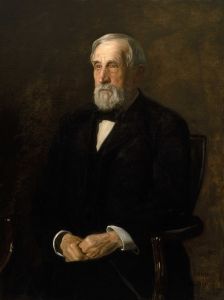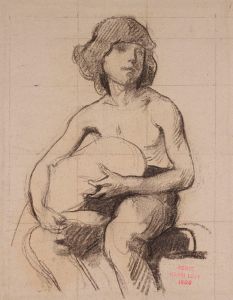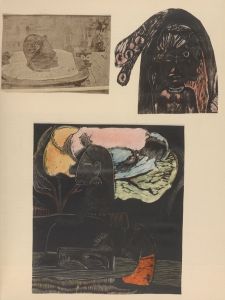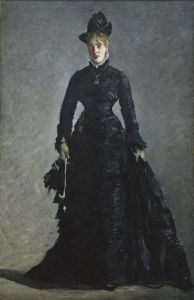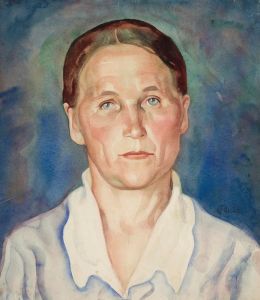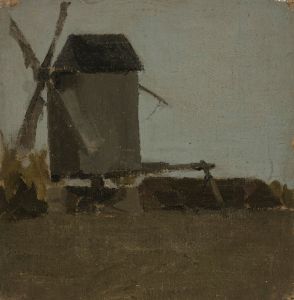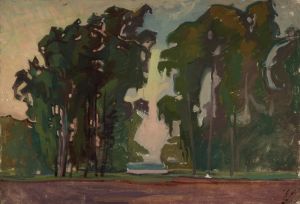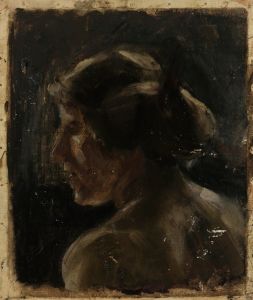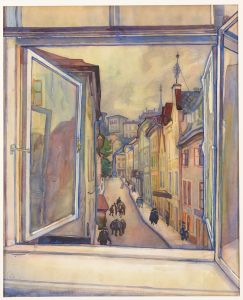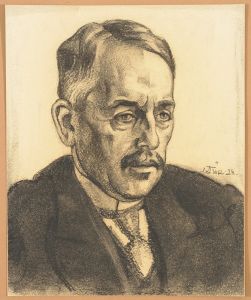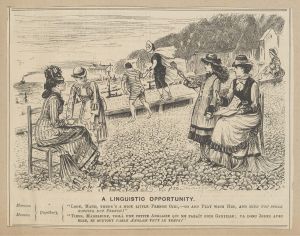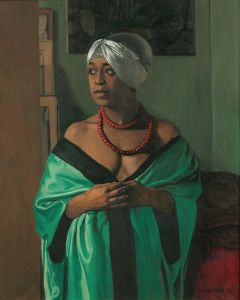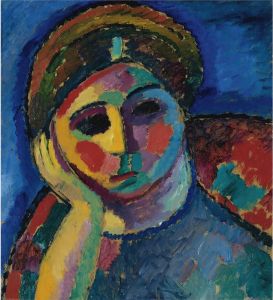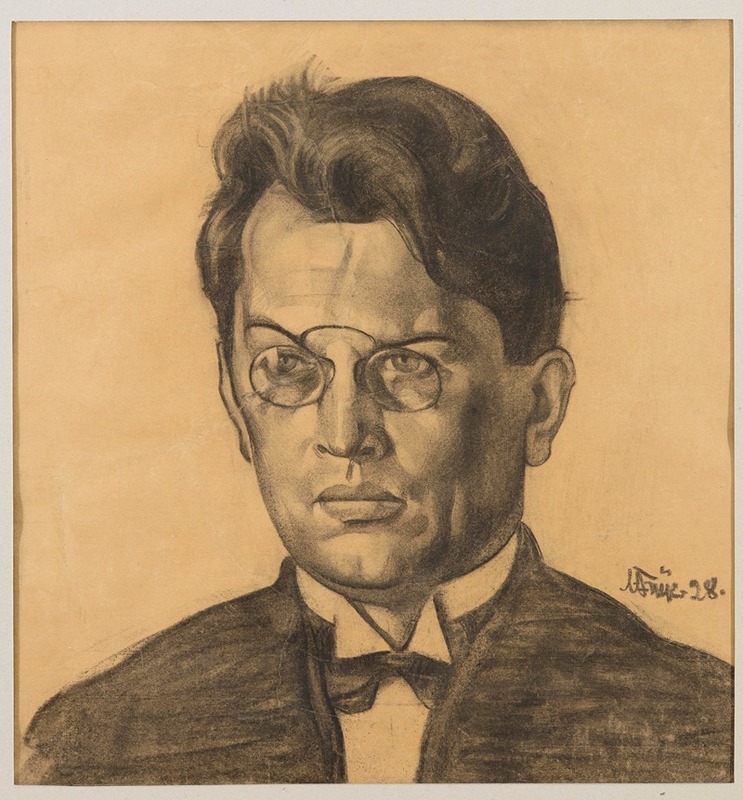
Friedebert Tuglase portree
A hand-painted replica of Nikolai Triik’s masterpiece Friedebert Tuglase portree, meticulously crafted by professional artists to capture the true essence of the original. Each piece is created with museum-quality canvas and rare mineral pigments, carefully painted by experienced artists with delicate brushstrokes and rich, layered colors to perfectly recreate the texture of the original artwork. Unlike machine-printed reproductions, this hand-painted version brings the painting to life, infused with the artist’s emotions and skill in every stroke. Whether for personal collection or home decoration, it instantly elevates the artistic atmosphere of any space.
"Friedebert Tuglase portree" is a notable painting by the Estonian artist Nikolai Triik, created in 1915. This portrait is a significant work within the context of Estonian art history, as it captures one of the prominent literary figures of the time, Friedebert Tuglas. Tuglas was an influential writer, critic, and a central figure in the Estonian literary movement known as "Young Estonia" (Noor-Eesti), which sought to modernize Estonian literature and culture in the early 20th century.
Nikolai Triik, the artist behind this portrait, was a key figure in the Estonian art scene and a member of the "Young Estonia" movement himself. Triik was known for his versatility and ability to work across various styles, including Symbolism and Expressionism. His education included studies at the St. Petersburg Academy of Arts and further training in Paris, which exposed him to contemporary European art movements and greatly influenced his work.
The portrait of Friedebert Tuglas is an example of Triik's skill in capturing the essence of his subjects through expressive brushwork and a keen sense of character. In this painting, Triik employs a style that reflects both realism and a subtle expressionist touch, which was characteristic of his work during this period. The use of color and light in the portrait highlights Tuglas's intellectual presence and introspective nature, qualities that were central to his identity as a writer and thinker.
This painting is not only a representation of Tuglas as an individual but also serves as a reflection of the cultural and intellectual climate of Estonia during the early 20th century. The "Young Estonia" movement, with which both Tuglas and Triik were associated, played a crucial role in the national awakening and cultural development of Estonia. It aimed to align Estonian culture with broader European trends while fostering a unique national identity.
The portrait is housed in the Art Museum of Estonia, where it is part of the permanent collection. It is considered an important work for both its artistic merit and its historical significance, providing insight into the personalities who shaped Estonian cultural history. The painting is often studied and appreciated for its contribution to the understanding of Estonian art and the broader cultural movements of the time.
Overall, "Friedebert Tuglase portree" by Nikolai Triik stands as a testament to the dynamic interplay between art and literature in Estonia during a period of significant cultural transformation. It remains a celebrated piece within the canon of Estonian art, admired for its artistic execution and its portrayal of a key literary figure.





